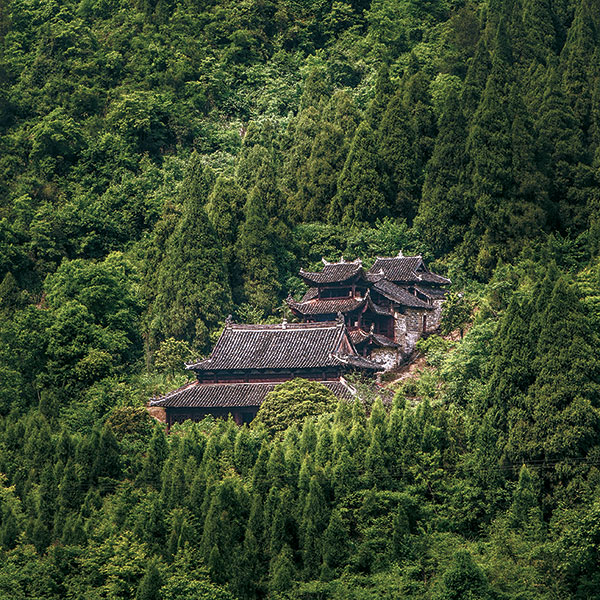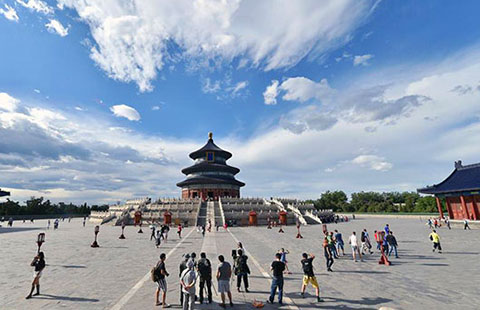China's Tusi relics named as World Heritage Site
By Wang Kaihao (chinadaily.com.cn) Updated: 2015-07-04 16:09 |
|
Zushidian Palace architectural complex in Laosicheng Site, Yongshun county, Hunan province [Provided to China Daily] |
"The Tusi Chieftain Sites symbolize communication of values and common development among different ethnic groups and present a model for protection of cultural diversity, which will have significance for all human beings today," Tong said.
The World Heritage list already includes several Chinese sites relevant to non-Han ethnic groups, such as Honghe Hani Rice Terraces and Old Town of Lijiang, both in Yuanan province. However, Tong said these previous entries mostly reflected a single peoples' ethnic culture rather than a common culture among ethnic minorities.
The Tusi sites still need further study, so the successful bid for the World Heritage designation will help establish an international framework for additional academic work, Tong said.
- Chinese chieftain heritage applies for world cultural heritage
- China promotes little-known Tusi heritage sites
- China seeks World Heritage status for Tusi Chieftain Sites
- Hani terrace:a new World Heritage site
- Huashan Mountain rock painting submitted for World Heritage listing in 2016
- Qinghai to promote Kekexili's bid for world heritage status
- China's Kekexili applies for world heritage
- Delegation salutes Tibet anniversary
- Officials are told to act as anti-graft watchdogs
- Great Wall safeguarded in united action
- Vice minister pledges more efforts to improve air quality
- Beijing’s efforts to control air pollution start to pay off
- China's military committed to reform
- Netizens rip singer over baby photos
- Central govt's growing support for Tibet
- Monument to be built on Tianjin blast site
- China and Russia seal raft of energy deals







